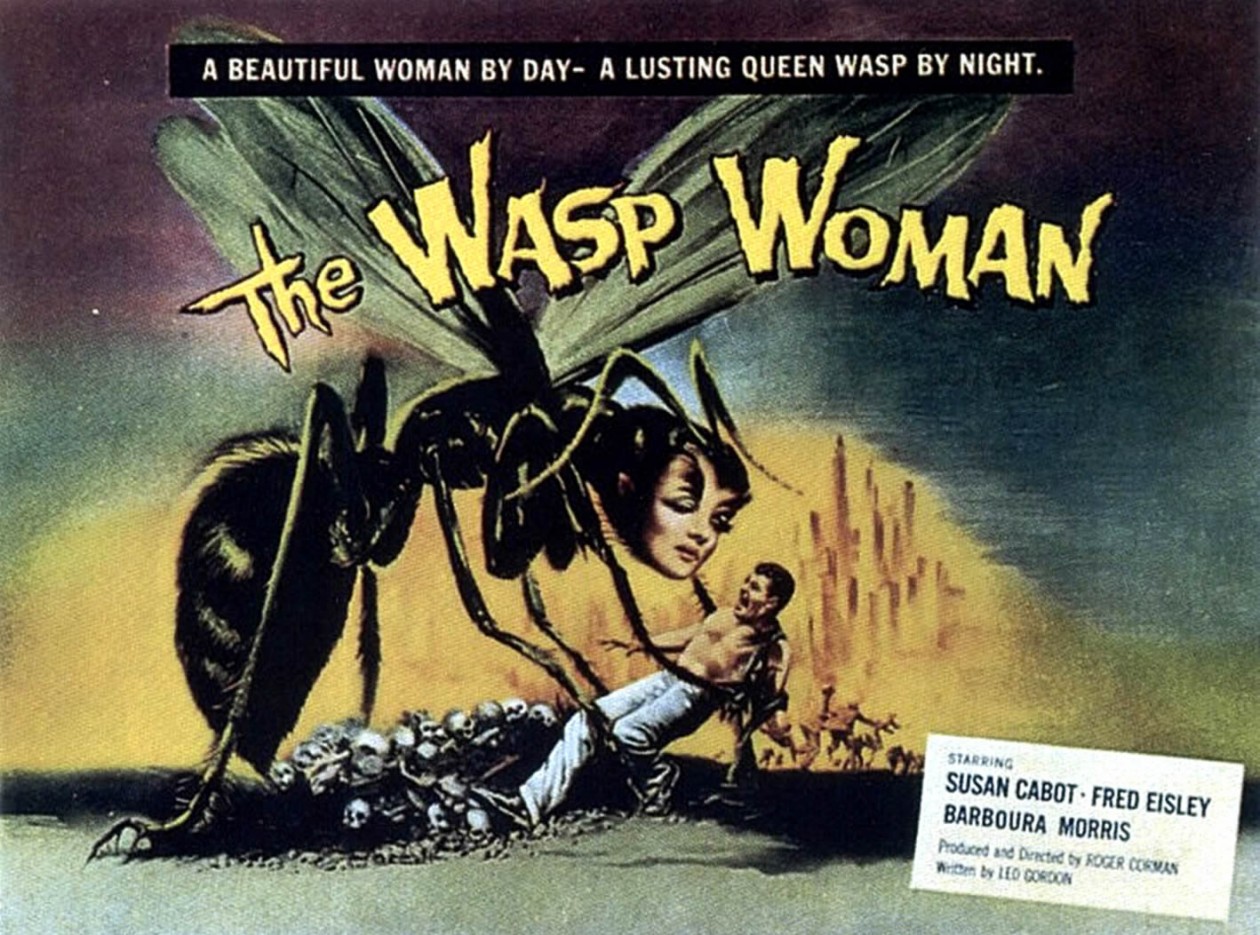Level with me for a second and strip away the elements of “historical accuracy” that come with The Help. Now imagine starting from scratch, having to tell the story with the same theme, and creating the same final product. I don’t know about you, but in that light, the film seems very condescending to me.
What we’re examining is a work of fiction. As much as we cry out, “This is reflective of the historical period of the time! Black women couldn’t tell these stories so they needed a white woman (who we see benefit mostly career-wise and not as a person of moral standing) to do it for them!,” the film we watched is a fictional story set in a historic setting. In theory, Kathryn Stockett, the author of the novel (or even the writer/director of the film, Tate Taylor, both of whom are white) could have made either Aibileen or Minny the ones who wrote down their stories. And what would have changed thematically? Nothing.
The primary response I expect to get from something like this is, “But they’re just portraying reality!” Well, no. They’re taking (very loose) inspiration from real life events (here’s a noteworthy tidbit: the real-life inspiration for Aibileen in the novel criticized Stockett for comparing her skin color to that of a cockroach; yikes), but fabricating a narrative. Black writers could (and did) write during the height of the civil rights movement. What’s stopping the black characters in the film from doing the same? What’s to stop them from being more invested in the civil rights protests and injustices of the time, showing them be more upset with the systemic problems that cause the personal troubles they face? In reality, all that’s stopping them are those are writing the film.
I think it’s reasonable to be able to criticize the author/filmmaker for their conscious decisions. They made Skeeter the savior. They reduced the subjects of racism and hatred to supporting roles in a film about racism and hatred. They perpetuated the negative stereotypes about blacks that we used to oppress them (don’t even get me started on Minny’s insultingly stereotypical love for fried chicken).
We can’t just simply defend the conscious creators of this fiction using the shield of history. They purposely chose the perspective, the focus, and the characterizations. We know this and we simply shrug and say, “That’s the way it was.” And that’s what disappoints me, especially when we could have much better depictions of race in film.
But we can demand better. Better treatment of black characters. More active roles for black actors. The most autonomous decision made by a black character in a movie about racism is tricking a white woman into eating her own feces. How is that progressive?
Look, I know I’m being negative on this movie, but that’s just because I see the potential in it and it can be so much more. Just for the sake of fairness, here’s some constructive criticism. Make Aibileen the writer of the book. Why can’t she be? She’s most likely literate (she gives no indication otherwise). She has aspirations to write. And, to defuse one of the only arguments the film gives as to why Skeeter has to be the one to write the book, she can still make it anonymous. Think about it: No one knows the race of the writer. If anything, it would be assumed to be a white author. Aibileen is actually more unsuspecting than Skeeter.
So, with this in mind, I ask you: What’s preventing this film from giving its black characters more autonomy?
